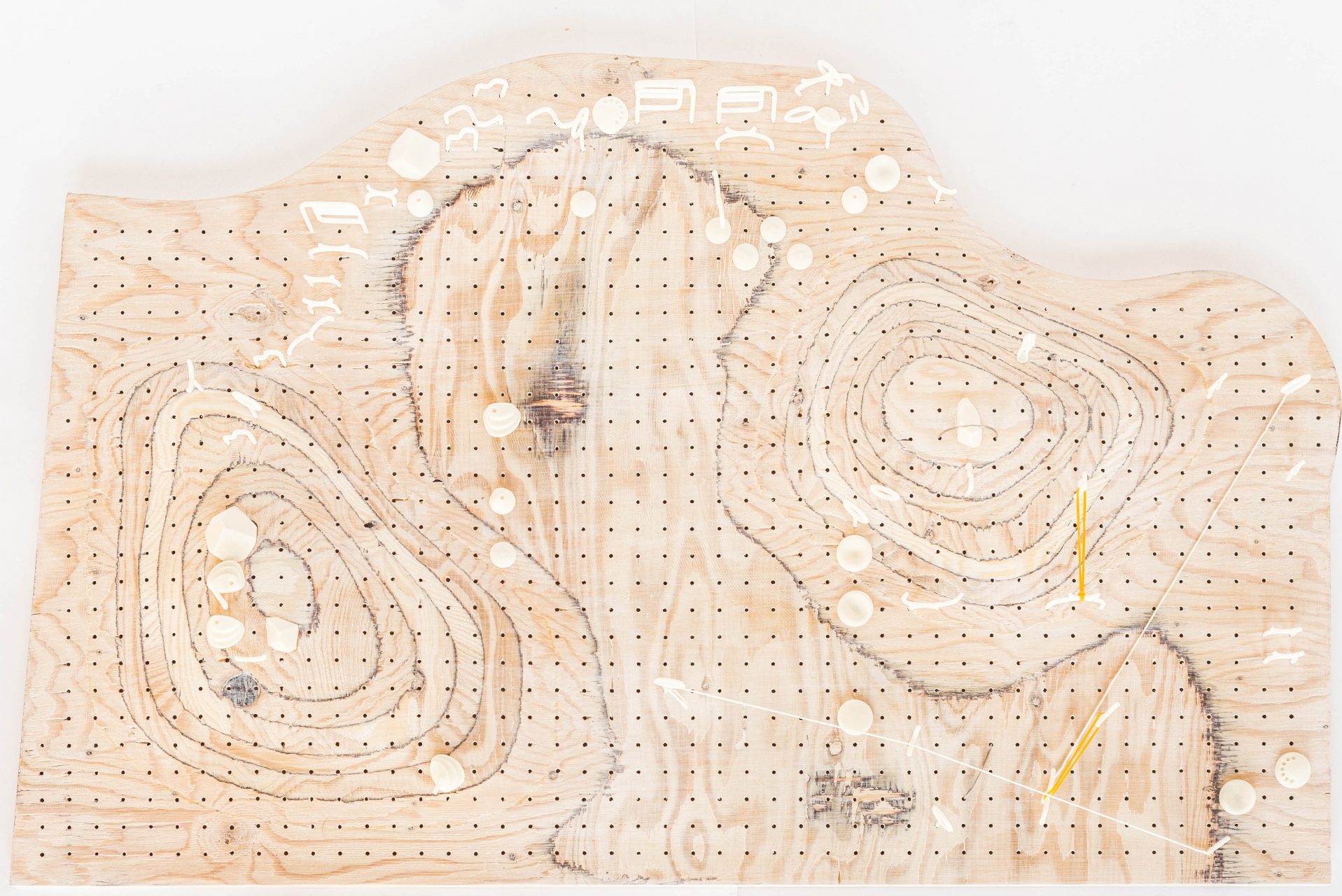Masters Thesis Project, Critics Brandon Clifford, Garnette Cadogan, and Caroline Jones, MIT
Done in collaboration with thesis parter Alexander Beaudouin-Mackay.
By understanding play as a powerful methodology, architects can engage others in creative processes with the ambition of implementing new, meaningful, and imaginative design strategies. Play is not aimless but productive; it is the way in which we learn to exist in the world. Play changes the way we see our environment, the way we understand ourselves. It creates collaborations and moments of solitude; it is dynamic; it is static.
Like the imaginaries we engage, the design of play has always been intrinsically tied to the politics of its era. Today, “play,” as we know it, is controlled by an industry obsessed with risk aversion. Play spaces are standardized and generic, not open but relegated to risk-free, fenced off areas. Similarly, our design processes are often isolated, not attentive to the potentials of external communities to open up new possibilities.













